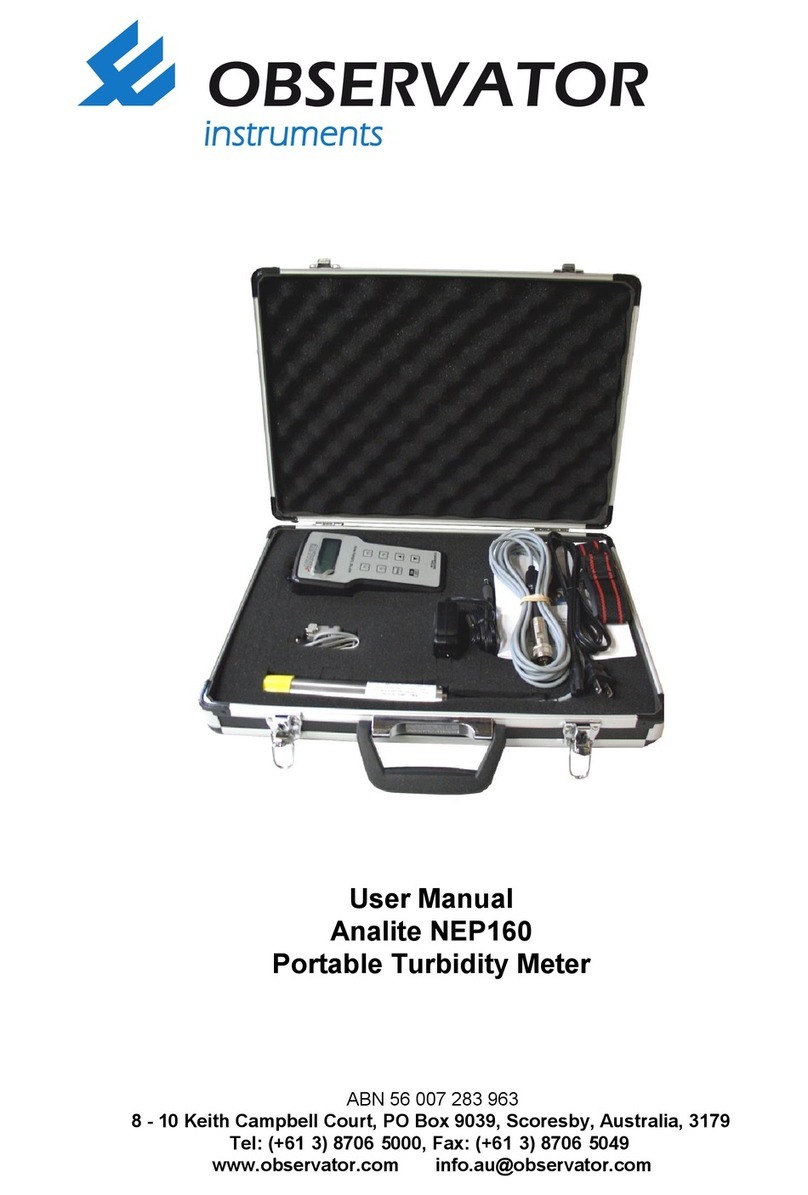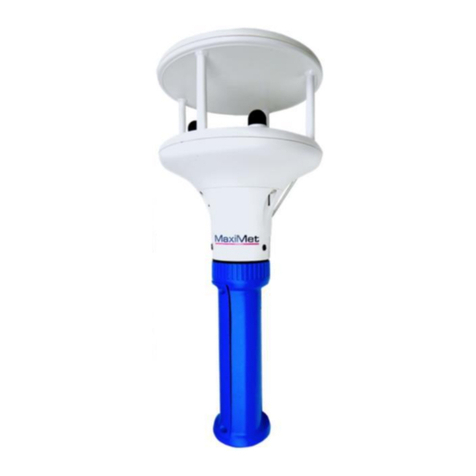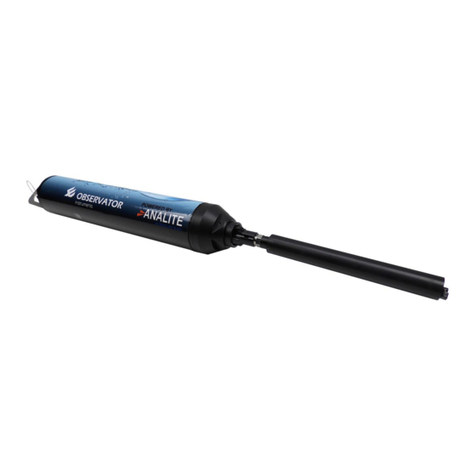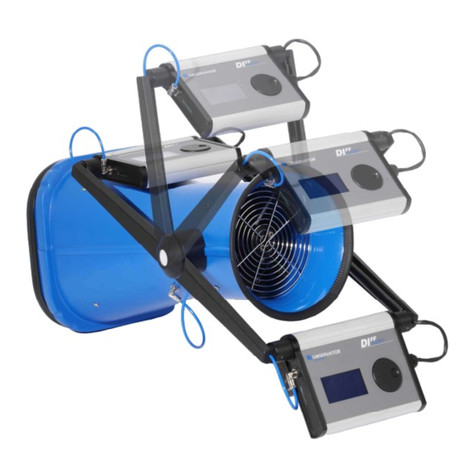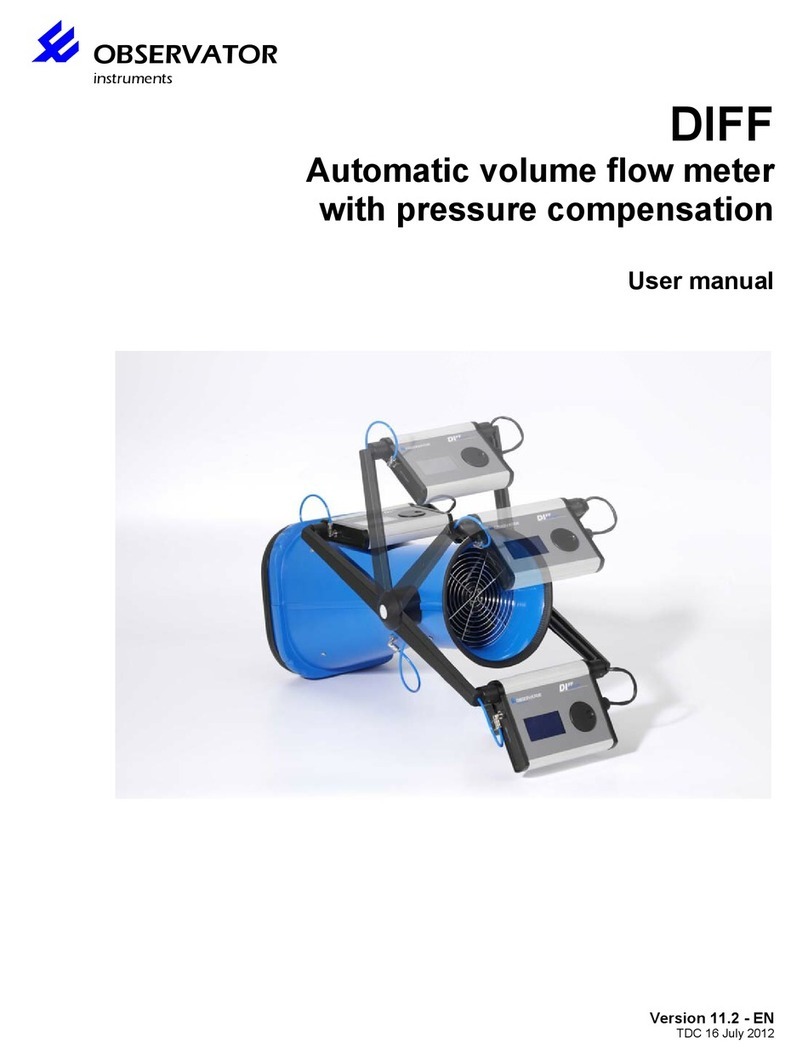1. NEP-9500 INTRODUCTION ........................................................................................... 5
2. APPLICATIONS .............................................................................................................. 6
3. SAFETY .......................................................................................................................... 7
4. SPECIFICATION ............................................................................................................. 8
5. PINOUT & WIRING DIAGRAM ..................................................................................... 10
Voltage Output version ....................................................................................................... 10
4-20mA Current Output version ......................................................................................... 11
Subconn connection ........................................................................................................... 12
Surge and Lightning considerations ................................................................................. 12
6. DESCRIPTION .............................................................................................................. 13
7. ACCESSORIES ............................................................................................................ 14
8. INSTALLATION ............................................................................................................ 15
Install the probe for the first time ...................................................................................... 15
Physical cabling considerations ........................................................................................ 16
Miscellaneous ...................................................................................................................... 16
9. DEPLOYMENT .............................................................................................................. 17
Installation ............................................................................................................................ 17
Deploy the probe ................................................................................................................. 18
Retrieve the probe ............................................................................................................... 19
10. MAINTENANCE ............................................................................................................ 20
Wiper replacement .............................................................................................................. 20
Cleaning the sensor ............................................................................................................ 22
11. ELECTRICAL CONFORMITY ......................................................................................... 23
EC Declaration of Conformity according to Council Directive 89/336/EEC ................... 23
12. SERVICE & SUPPORT COVERAGE ............................................................................. 24
Warranty conditions ............................................................................................................ 25
Contact & more information ............................................................................................... 25

